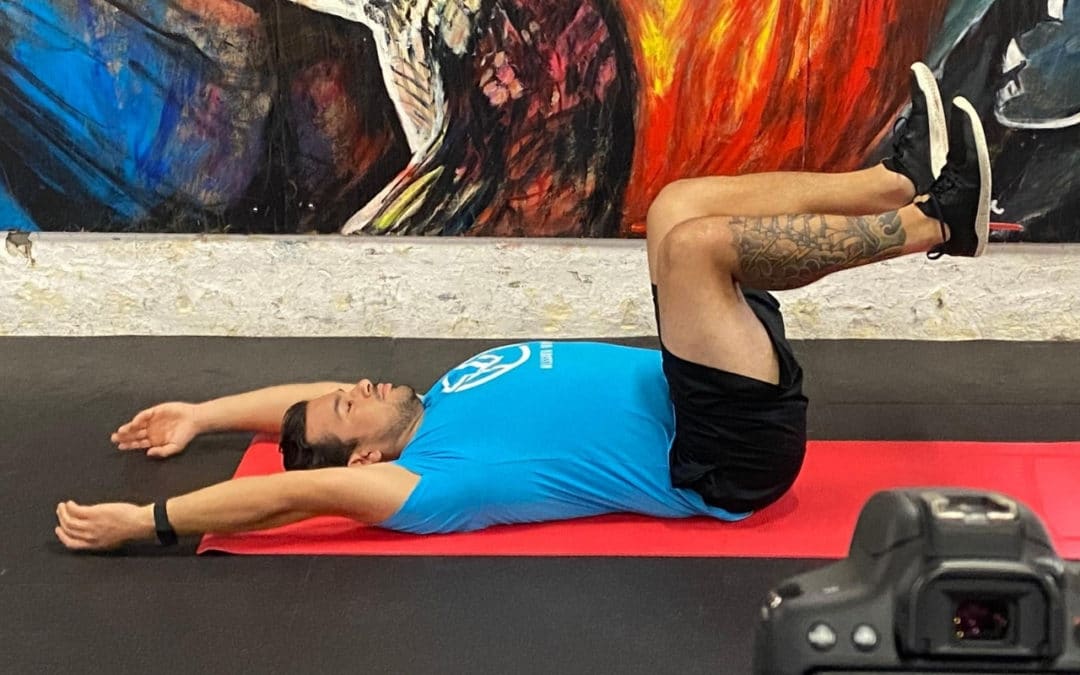A Team Of Individuals
My current full time position is working with military operators. I work with a team of professionals with the sole purpose of making these guys more resilient and to improve the level at which they can perform. Suffice it to say this is a TEAM effort. I couldn’t do it alone.
Every member of the team has a specific and deliberate role but when someone fails to follow through on their duties the burden is spread to others. Subsequently, when one part of the team doesn’t do their job another team member suffers. As with most things in the body, thoriacic spine mobilty is no different.
The body isn’t so different.
You see, if a region on the body isn’t moving the way it’s supposed to then another area needs to pick up the slack. We call this regional interdependence and it helps to explain why shoulder pain is often the result of poor movement away from the site of injury.
The shoulders are particularly vulnerable because they are influenced by so many other areas and because they are in constant use.
One of the main influencers of shoulder motion is the Thoracic Spine, T-spine for short.
The T-spine is the middle portion of the spine. For simplicity sake just think of it as the rib cage.
As the arms elevate overhead the T-spine should be able to extend (think arch backwards slightly). This extension allows the shoulder blades to tilt back, giving the arm a little bit more room to negotiate.
Unfortunately the world conspires against us. Sitting, texting, driving, computers, almost everything pulls us forward into a flexed spine position (think slumped posture).
So when we need to get our arms up overhead our T-spine falls short because it no longer has the ability to extend. It becomes the teammate who fails the rest of the team by not doing its job.
When the thoracic spine fails, the shoulder often suffers.
Assessing the thoracic spine is pretty straight forward but to understand why we are doing what we are doing you need to understand some basic anatomy.
Vertebrae connect to one another through joints called facet joints. These joints are flat and more or less slide vertically along each other. When the spine flexes (rounds forward) the facet on top moves vertically up on the one below it. In extension the top facet slides down. Simple right?
Our problem is that because there are so many joints and the motions are so small measuring the actual movement is tough.
BUT we have a trick.
When you rotate your spine the facets on one side of the spine slide up (like in flexion) while the other side slides down (like in extension). So if we assess T-spine rotation to both sides we can see if your T-spine has an extension issue.
It’s easy to assess how well your T-Spine rotates!
Watch the video for the how to and some more information.
Once you have watched the video give it a shot for yourself. Note that a “passing score” is 50 degrees of rotation or better in both directions. I suggest using a camera, or cell phone with or without a friend to shoot a video or take some photos of you.
Tell us how you did in the comments!
Now that you’ve assessed your thoracic spine mobility it’s time start improving it. Check out this post for a simple routine that will help correct it.




